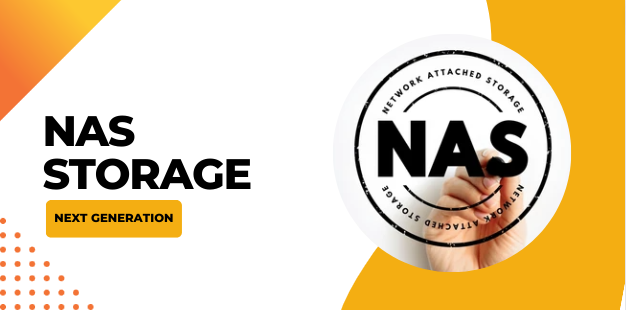Network-attached storage (NAS) systems are becoming an increasingly popular choice for data storage. They offer a scalable, cost-effective, and reliable way of storing data for small businesses, enterprises, and even home users. If you're considering setting up a NAS storage system for your business, this guide will walk you through the process step-by-step.

Step 1: Choose the right hardware
The first step in setting up a NAS storage system is to choose the right hardware. You'll need to consider factors such as the number of drives you require, the storage capacity, the processor speed, and RAM. You can either buy a ready-made NAS appliance or build your own using off-the-shelf components.
Step 2: Install the software
Once you've got the hardware sorted, the next step is to install the software. Different NAS appliances will come with different software, but generally, most will have an easy-to-use web interface that guides you through the installation process. You'll need to connect your NAS appliance to your network and power it on before you can start the installation process.
Step 3: Configure your NAS appliance
After the software has been installed, you'll need to configure your NAS appliance. This involves creating user accounts and access rights, setting up shared folders, and configuring your backup settings. It's important to set up proper access controls to ensure that only authorized people can access your data.
Step 4: Harden your NAS appliance
One of the biggest threats to your NAS appliance is a security breach. To prevent unauthorized access and data theft, you'll need to configure your NAS appliance securely. Make sure that your firmware is up to date and that you've enabled encryption where possible. It's also a good idea to use strong passwords and disable any unnecessary services or ports to reduce attack vectors.
Step 5: Test your NAS storage system
Before you start using your NAS storage system in production, it's a good idea to test it thoroughly. Try accessing your shared folders from different devices, backup and restore some data, and test your access controls. This will give you confidence that your affordable NAS storage system is working correctly.
Conclusion
Setting up a NAS storage system can seem daunting, but it doesn't have to be. By following the steps outlined in this guide, you'll be able to set up a cost-effective and reliable storage solution for your business. Remember to choose the right hardware, install and configure the software correctly, harden your NAS appliance, and test it thoroughly before using it in production. A NAS storage provides a scalable solution for businesses of all sizes, so invest the time and effort upfront to reap the rewards in the long run.
Step-by-Step Guide on Setting up a NAS Storage System